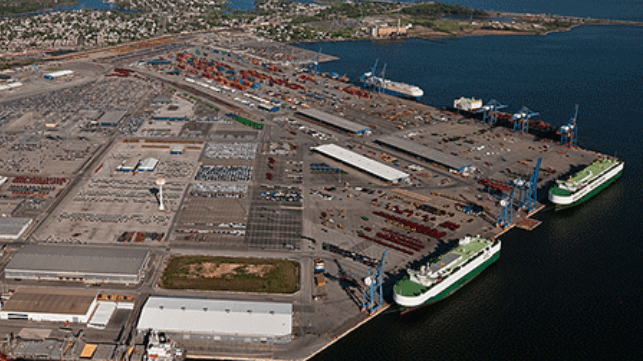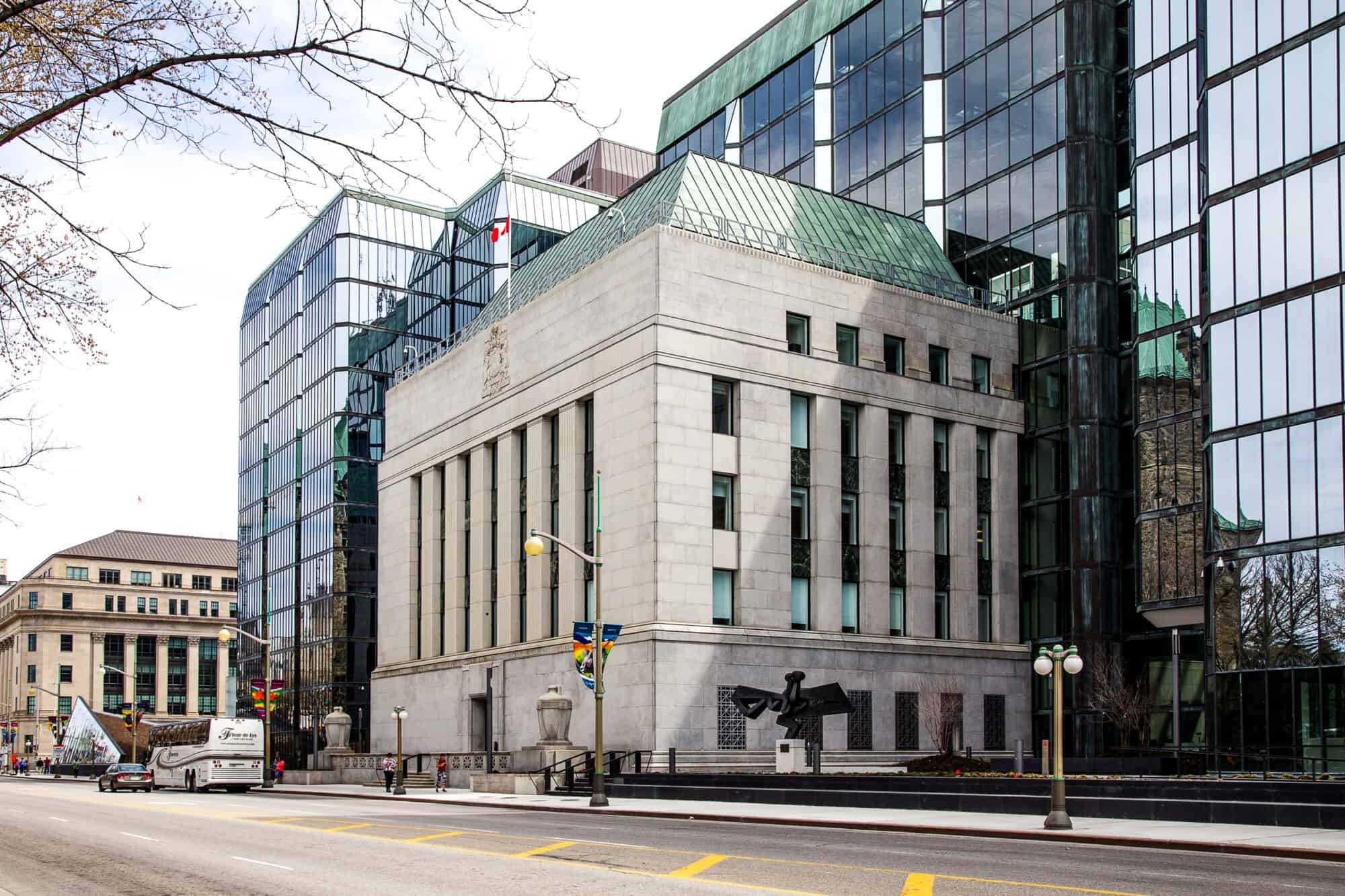Central Asia's Air Quality Among Worst in the World
- Central Asia's air quality is among the worst in the world.
- Tajikistan has the fourth highest concentration of harmful particles.
- Air pollution is the greatest environmental threat to human health.
The air quality in Central Asian states is among the worst in the world, according to corporate study that measured pollution in over 130 countries around the world.
The 2023 World Air Quality Report, compiled by Swiss-based IQAir, measured air-borne harmful particles, known as PM2.5, in over 7,800 locations. The findings showed that Central Asia trailed behind South Asian and Gulf states as having the some of worst regional air quality in the world.
Bangladesh, Pakistan and India ranked one, two three in the report’s table of countries with the dirtiest air. Tajikistan had the fourth highest measurable concentration of PM2.5 in 2023. Kyrgyzstan ranked 18th, Uzbekistan 23rd and Kazakhstan 40th out of the 134 countries and territories measured. There was insufficient data for Turkmenistan to be included in the list. Central Asia’s eastern neighbor, China, ranked 19th.
“Causing an estimated one in every nine deaths worldwide, air pollution is the greatest environmental threat to human health,” the report states. “According to the World Health Organization (WHO), air pollution is responsible for an estimated 7 million premature deaths worldwide every year.”
Dushanbe was the most polluted capital in Central Asia in 2023 (4th in the IQAir city ranking), followed by Tashkent (22nd), Bishkek (29th) and Astana (52nd).
PM2.5 is defined as fine particulate aerosol particles measuring up to 2.5 microns in diameter. “Measured in micrograms per cubic meter (μg/m³), PM2.5 is one of six common pollutants monitored and regulated by environmental agencies worldwide due to the significant impacts to human health and the environment,” the report states.
Common anthropogenic sources of PM2.5 are car exhaust, heavy industrial processes, power generation, agriculture, construction, and coal and wood burning. IQAir is an air-quality technology company that bills itself as operating the “world’s largest free, real-time air-quality information platform.”







